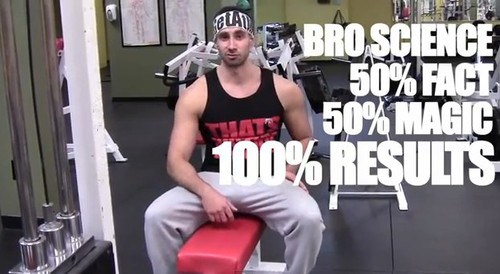Though I consider Judaism a strong part of my identity, I’m also, at best, agnostic. Fortunately, Judaism gives plenty of space for questioning; it’s a religion based on the primacy of action, rather than, as with Christianity, the primacy of belief. Sort of a ‘feel the doubt, and do it anyway’ setup. Even the name Israel, for example, literally means ‘he who wrestles with God.’
So I’ve always particularly loved the story of the Oven of Akhnai, which appears in the Babylonian Talmud [Baba Metzia 59b], a record of the leading rabbis of the 2nd century discussing and interpreting the Torah and Jewish law. At it’s core, it’s a story about Judaism being in the hands of its practitioners, rather than in the hands of an unquestionable, all-knowing God.
The story centers around an innovative clay oven, built with layers of sand in between each of the clay coils, rather than with the clay coils placed directly upon one another, as was the standard construction at the time.
Usually, cooking non-kosher food in an oven would render the oven non-kosher. But Rabbi Eliezer, one of the sages featured in the Talmud, argues that this new sand-separated oven is different. Because each of the coils doesn’t qualify as a cooking utensil on its own, and because the sand between the coils keeps the oven from being a single unit, then the oven can’t be rendered non-kosher.
The dozen other Rabbis, however, disagree. They point out that the outer structure of the oven unifies the coils, making it a single item, regulated by the same laws as any other oven.
The story picks up from there:
It is taught: On that day Rabbi Eliezer brought forward every imaginable argument, but the Sages did not accept any of them.
Finally, he said to them: “if the Halakhah (religious law) is in accordance with me, let this carob tree prove it!”
Sure enough the carob tree immediately uprooted itself and walked one hundred cubits, and some say 400 cubits, from its place.
“You cannot prove an argument with a carob tree,” the Sages retorted.
So again Rabbi Eliezer said to them, “if the Halakhah agrees with me, let this stream prove it!”
Sure enough, the stream stopped flowing, and then began to flow backward.
“You cannot prove an argument with a stream,” the Sages rejoined.
Again Rabbi Eliezer urged, “if the Halakhah agrees with me, let the walls of this study hall prove it!”
Sure enough, the walls tilted as if to fall. But Rabbi Joshua rebuked the walls, saying, “when disciples are engaged in a Halakhic dispute, what right have you to interfere?”
In deference to Rabbi Joshua, they did not fall, but in deference to Rabbi Eliezer they did not resume their upright position; they are still standing aslant today.
Rabbi Eliezer then said to the Sages, “if the Halakhah agrees with me, let it be proved from heaven!”
Sure enough, a divine voice cried out, “why do you dispute with Rabbi Eliezer, with whom the Halakhah agrees?”
Rabbi Joshua stood up and protested, citing Deutoronomy: “‘the Torah is not in heaven’! We pay no attention to a divine voice, because long ago at Mount Sinai, You wrote in your Torah, ‘after the majority must one incline’.”
Bam. Sorry God, but majority rules, and you just got out-voted on this one.
(That said, at least God’s not a sore loser. Later in the Talmud, Rabbi Nathan meets the prophet Elijah, and asks, “what did the Holy One do at that moment?” Elijah replies, “he laughed [with joy], saying, ‘my children have defeated Me, my children have defeated Me.'”)
